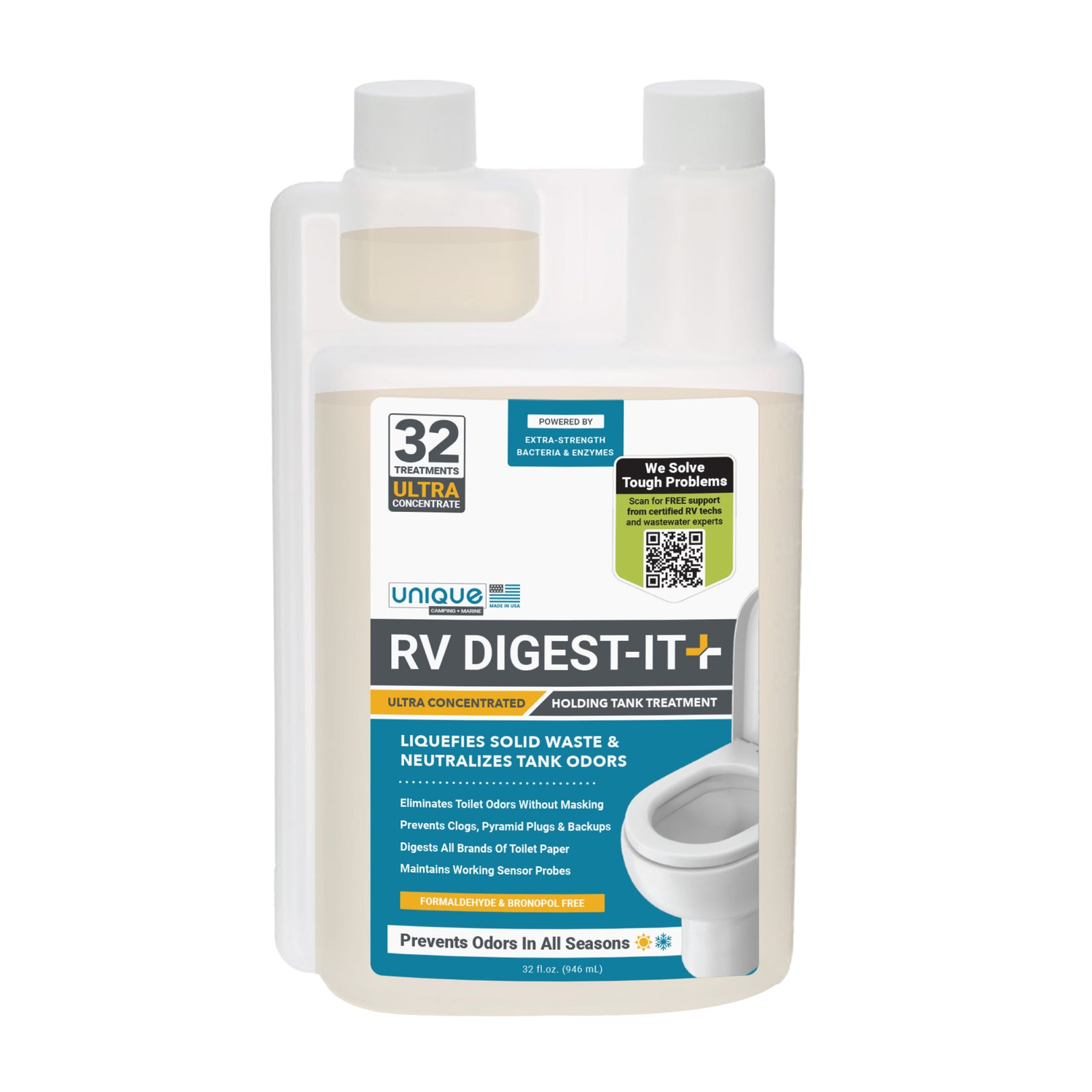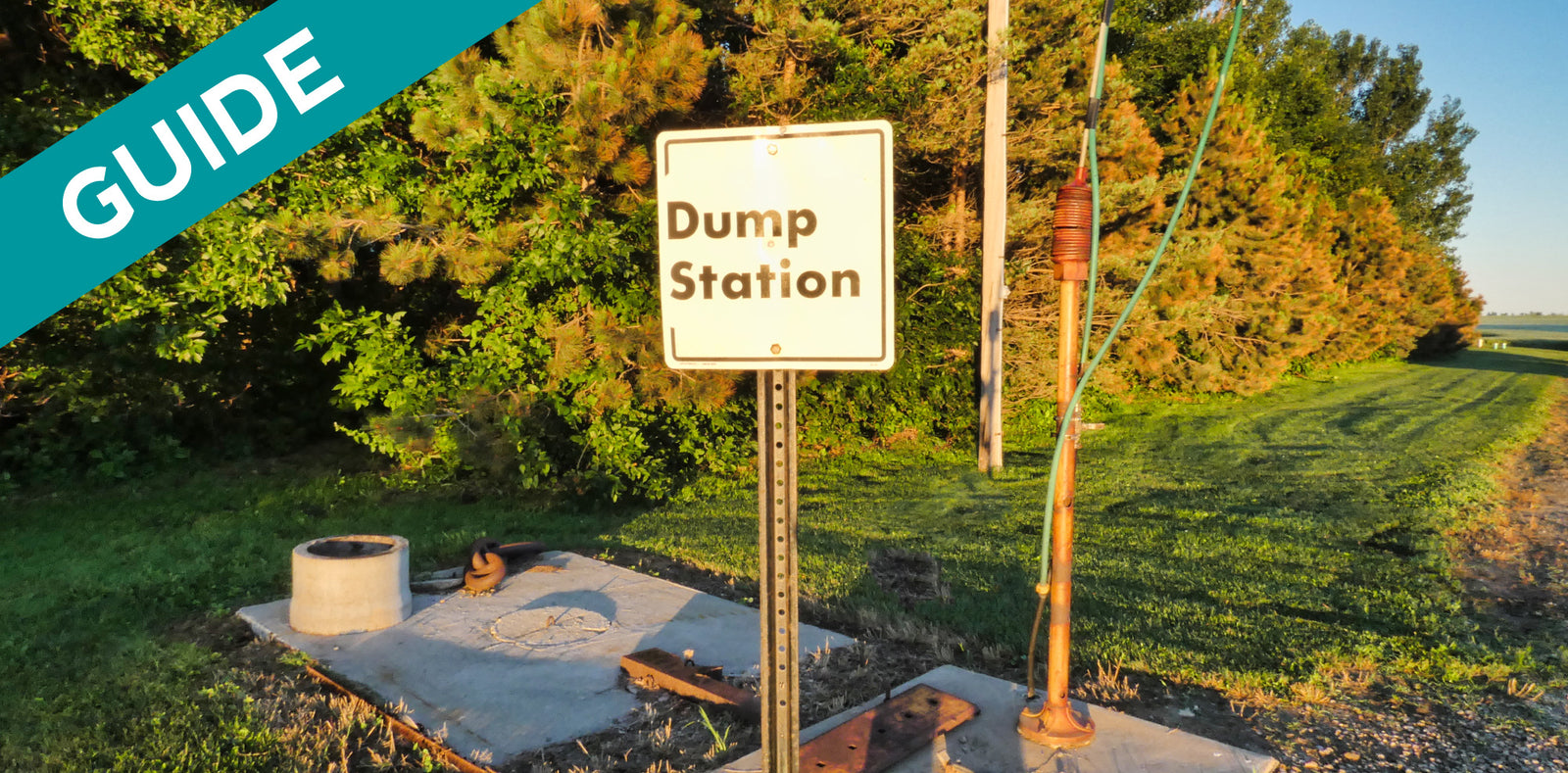
Key Points:
- Have all necessary tools and supplies ready before dumping.
- Follow proper steps for an easy, efficient process.
- Use designated dumping locations or follow legal guidelines for home disposal.
Dumping Your RV Holding Tanks: A Brief Overview
Dumping your RV’s black and gray water tanks is an essential task that doesn’t have to be unpleasant. With the right tools and steps, it’s quick and easy. This guide covers how to dump your tanks, where to do it, and how to care for your tools.
Tools You Need
Certain tools make the process easier. Learn about essential and optional tools in our guide on Proper Care of RV Dumping Tools.
How to Dump Your RV Tanks

Dumping your black tank first, followed by the gray tank, ensures a clean process. After emptying the black tank, rinse it thoroughly to clear any residual waste before switching to the gray tank. This process takes less than 15 minutes with practice.
Step-by-Step Instructions
- Preparation: Wear gloves and use a dedicated wastewater hose for tank rinsing.
- Close all tank valves before starting to prevent backflow from your black tank into your gray tank.
- Connect your sewer hose to the RV’s discharge pipe.
- Secure the other end to a sewer clean-out at a campsite or dump station.
- Dump the black tank by opening its valve completely.
- Rinse the black tank using a tank rinser, wand, or backflusher.
- Refill and empty the black tank 2-3 times for thorough cleaning. Make sure to close your black tank valve before each rinse.
- Turn off the rinser and drain completely.
- Close the black tank valve, then open the gray tank valve to flush remaining residue.
- If on full hook-ups, create a P-trap bend in the sewer hose and fill with water to prevent odors.
- For dry campers, rinse and store the sewer hose properly.
- Rinse the hose with fresh water before storing.
For details on rinsing tools, see our guide on How to Use RV Tank Rinsers and Other Rinsing Tools.
Where to Dump
Dumping waste improperly is illegal and harmful to the environment. You can dump at home or at designated locations. Check out these guides:
- Where to Dump Your RV Holding Tanks
- How to Dump Your Holding Tanks at Home
- When to Dump Your RV Holding Tanks
- USDA Guide: Safe Waste Disposal at Forest Service Campsites
Review
Dumping your tanks is simple with proper steps:
- Dump the black tank first.
- Rinse the black tank thoroughly.
- Dump the gray tank.
- Rinse the sewer hose with fresh water.
Regular rinsing after each dump prevents buildup and odors. Always use legal disposal sites to avoid fines and environmental harm.
Now that you know how to dump, our next article explains why flushing your black tank after dumping is crucial.

Prevent Common Problems In Your Tanks!
From misreading sensors, preventing clogs, or eliminating odors, we've got you covered no matter how you camp! All our best holding tank tips and trick information plus more can be found conveniently in one place when you download our FREE Unique Method Field Guide PDF. Achieve holding tank bliss today!
Get The Free Download



